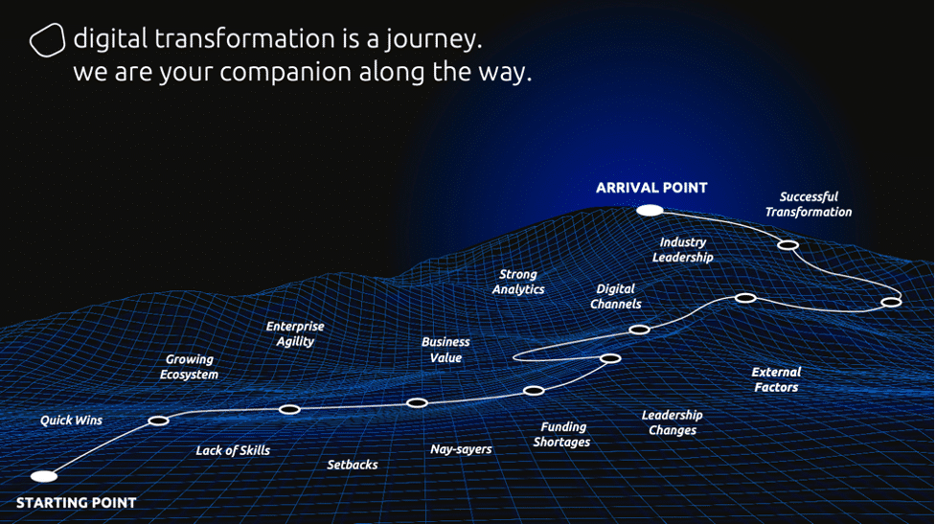
According to Daniel Rowles and Thomas Brown, there is no magic bullet for companies to ensure survival and/or scale up against technological change and market trends of today. Developing an effective digital culture is the only road forward if a company wants to compete with the changing times.
Can You Keep Up?
In their book Building Digital Culture: A Practical Guide to Successful Digital Transformation, Rowles and Brown combine their 30 years of experience as marketing and digital transformation consultants with over 200 hours of research with global brands, to demonstrate to readers why building a digital culture is such a crucial, yet not a straightforward mission. The book offers a framework for how organizations can lay the foundation for implementing such a culture by avoiding common pitfalls and problems.
“The reason this book is focused on building digital culture, not just about digital transformation, is that the change required will never stop. Building a digital culture means that as well as fixing things like technology integration, we also put in place processes and approaches that allow us to constantly adapt and improve.”
– Rowles and Brown

The increasing pace of technological advancement, and the development of new ways of doing business causes a continuous shift in companies’ internal and external environments. Therefore, understanding what digital transformation means to your business specifically, knowing your stakeholders inside-out, and choosing a well-tailored measurement approach is essential before starting your digital journey.
According to Rowles and Brown, this journey will never end, and this is where digital culture kicks in. Their “Digital Culture Framework”, which could be utilized by organizations as a checklist or a guide to structure their transformation journey, divides a successful transformation in three key areas:
- Essentials: The stage when the vision for change is agreed upon, the role of an aligned leadership and the required skillset is defined, and the right working environment and mindset is set.
- Readiness: When the strategic positioning is shaped to include marketing and technology fundamentals, the silos are broken down by fixing the processes and governance around SLAs and Social Media management. In addition, when you unlock the potential of a network effect and learn from those at the forefront of digital innovation, is it easier to be prepared.
- Performance: When the primary objectives of your digital strategy are set, aligned with your business objectives, and measured to understand the return of digital investments.
The companies which are as agile as start-ups in the way they think and act, use data to inform new ideas and identify challenges. They can build environments where employees are able to work smarter, and constantly look for opportunities to improve the way they work with experimentation.

